Unveiling the Wisdom of Kapila Purana: Ancient Insights for Modern Life
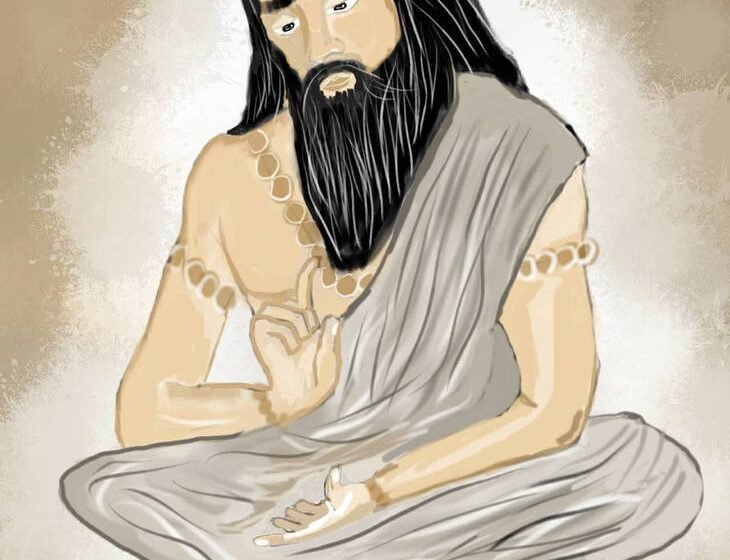
The Kapila Purana is a notable piece of Hindu religious literature. As one of the eighteen Upapuranas, it explores different areas of cosmology, theology, and philosophy. This text is credited to the sage Kapila, who is respected as the founder of the Samkhya school of thought. This text provides a great insight into old Indian spirituality by incorporating mythological narratives with philosophical discourses. Going through the Kapila Purana, we enter into an intricate web of beliefs and practices that constituted the evolution of Hinduism through the ages.
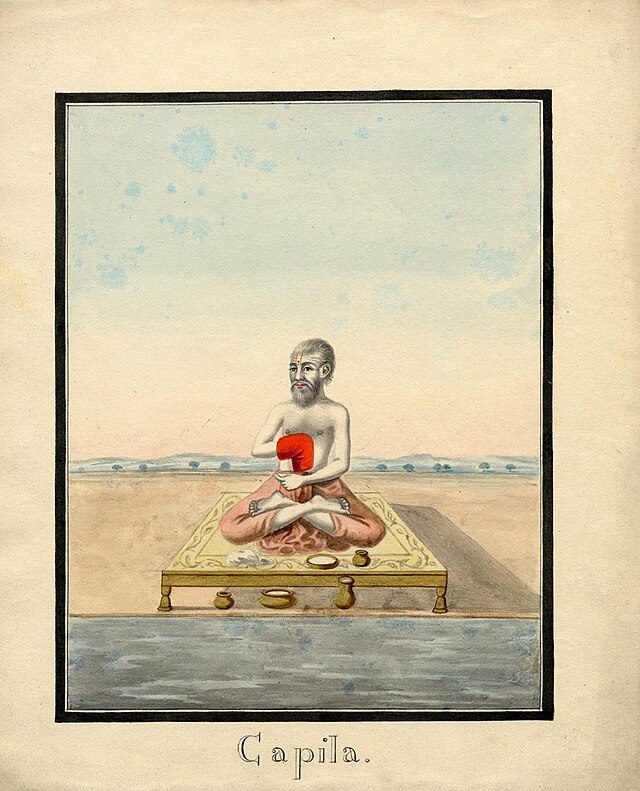
The origins of this text are difficult to pinpoint, as is the case with many ancient texts. Scholars believe it was composed over several centuries, beginning around the early medieval period, roughly between the 7th and 12th centuries CE. This era was marked by significant religious and philosophical developments, with the Puranic literature as a crucial means of disseminating religious teachings and cultural values.
This Purana is named after the sage Kapila, who is often depicted as an incarnation of the deity Vishnu or, in some traditions, as an independent divine philosopher. Kapila’s contributions to Indian philosophy, particularly through the Samkhya system, profoundly influenced the theological and metaphysical discussions within Hinduism. The text itself reflects a blend of mythological storytelling and philosophical discourse, characteristic of Puranic literature.
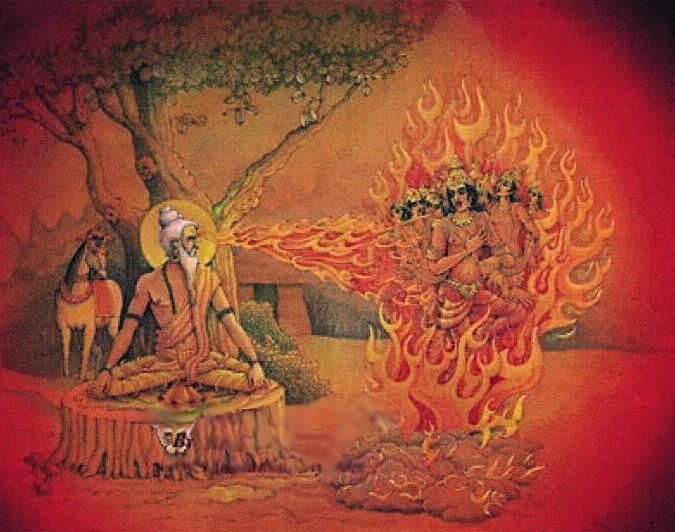
Throughout its history, the Purana has been an influential source of religious and philosophical knowledge. It has been referenced by various scholars and theologians, contributing to the broader understanding of Hindu cosmology and metaphysics. The text’s narratives and teachings have also permeated Hindu rituals and practices, reinforcing its significance in religious life.
The preservation of this ancient scripture has largely been the result of meticulous oral tradition and later manuscript transcription. The coming of printing technology in the 19th and 20th centuries helped to transmit knowledge among people, the teachings and the stories enclosed in it.

The Purana has served as both a basis for sustained studies and a focus of reverence in modern times. The philosophical discourses in it, especially those on Samkhya philosophy, have been significant for scholars and practitioners to study the ancient wisdom of India. Scholars are interested in this Purana not only for the strictly mythological content but more for what these things reveal in terms of cultural and religious settings during the period in which it was written. With centuries of transmission and interpretation, this Purana remained one of the valuable assets of Hindu religious literature.
Mythology
Central to the mythology of this Purana is the figure of Kapila himself. He is often regarded as an incarnation of Vishnu, sent to impart the wisdom of Samkhya philosophy. According to various stories, Kapila’s birth was miraculous, and his teachings were divinely inspired. He is depicted as a serene and wise ascetic, whose insights into the nature of reality and liberation are profound and transformative.
This Purana offers intricate accounts of creation and cosmology, explaining the origins of the universe and the cycles of time. These narratives often align with the principles of Samkhya philosophy, which emphasizes the duality of Purusha (spirit) and Prakriti (matter). The text describes how the universe emerges from the interaction of these two fundamental principles and outlines the process of cosmic evolution and dissolution.

Interspersed with philosophical discourse are numerous mythical tales that provide moral lessons and spiritual guidance. These stories feature gods, goddesses, sages, and demons, each symbolizing various aspects of human nature and the divine. For example, the tales of asceticism and devotion illustrate the virtues of renunciation and piousness while stories of divine interventions highlight the importance of faith and righteousness.
One of the most well-known stories in the Purana involves Kapila and the horse sacrifice (Ashvamedha). In this tale, King Sagara’s sacrificial horse is stolen, and his sons, searching for it, accuse Kapila of the theft. In his righteous indignation, Kapila reduces them to ashes with his divine gaze. This story underscores the themes of divine justice and the power of asceticism, as well as the eventual redemption and purification of Sagara’s lineage through devotion and penance.
The mythology of this Purana is a captivating blend of divine tales, cosmological insights, and moral teachings. Through its rich narratives, the text offers profound reflections on the human condition, the nature of reality, and the path to spiritual liberation.
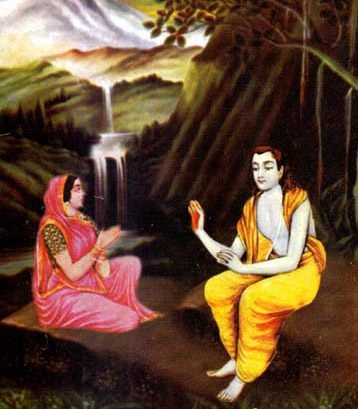
Gunas
The concept of Gunas—Sattva, Rajas, and Tamas—is central to the philosophy presented in this Purana. Derived from Samkhya philosophy, these three qualities are believed to underlie all creation and influence human behaviour and consciousness.
- Sattva: Associated with purity, wisdom, and harmony, Sattva is the quality that leads to enlightenment and spiritual growth. It is characterized by clarity, peacefulness, and a sense of balance. In the Purana, stories often highlight the virtues of characters embodying Sattva, illustrating its importance in achieving liberation.
- Rajas: Linked with activity, passion, and desire, Rajas drives change and movement. It is characterized by energy, ambition, and restlessness. While it can lead to achievement and progress, an excess of Rajas can cause attachment and suffering. The Purana’s narratives frequently depict the struggles of individuals influenced by Rajas, underscoring the need for balance.
- Tamas: Representing darkness, ignorance, and inertia, Tamas is the quality that causes decay and stagnation. It is marked by lethargy, confusion, and delusion. Characters in the Purana affected by Tamas often face challenges and obstacles, serving as cautionary tales about the dangers of ignorance and inaction.
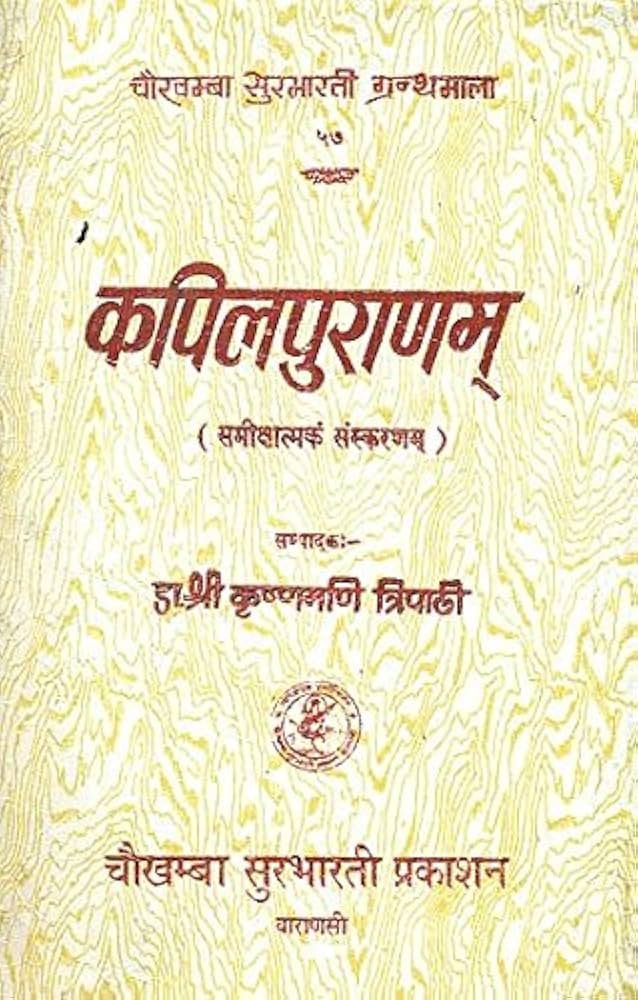
Deities
The Purana features a pantheon of deities, embodying different aspects of the divine and playing significant roles in the cosmic narrative.
- Vishnu: Often associated with the sage Kapila, Vishnu represents the preserver and protector of the universe. His incarnations and interventions are highlighted throughout the text, emphasizing his role in maintaining cosmic order.
- Shiva: The deity of destruction and transformation, Shiva appears in various stories, symbolizing the cyclical nature of creation and dissolution. His interactions with Kapila and other sages highlight the integration of different philosophical traditions.
- Devi (Goddess): Various manifestations of the goddess appear in the Purana, symbolizing feminine power and wisdom. The stories of Devi often emphasize themes of protection, nurturing, and divine grace.
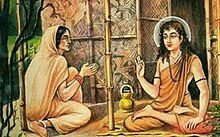
Writers
While the original authorship of the Purana is attributed to the sage Kapila, the text likely underwent multiple redactions and interpolations over centuries. The transmission of these teachings was primarily oral, passed down through generations of disciples and scholars before being compiled into written form.
Legacy
The legacy of this Purana is profound, impacting both religious practice and philosophical thought. Its integration of Samkhya philosophy with Puranic storytelling has enriched the spiritual landscape of Hinduism. The teachings of Kapila, as preserved in the text, continue to inspire and guide seekers of truth and wisdom.
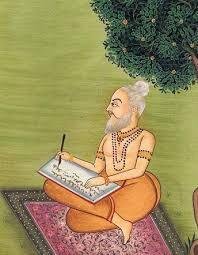
The stories and teachings of the Purana have also permeated various cultural expressions, from classical art and literature to modern interpretations in media. Its influence is evident in the way it has shaped the moral and ethical framework of Hindu society, providing timeless lessons on the nature of existence and the pursuit of enlightenment.
Scientific Learnings
Although essentially a religious and philosophical tract, this Purana contains galore that is in tune with scientific principles, more so in its comprehension of cosmology and the nature of matter. The Samkhya philosophy accordingly represents an embryonic attempt to analyze what today can be identified as the relationship between consciousness and the physical world through the duality of Purusha and Prakriti.
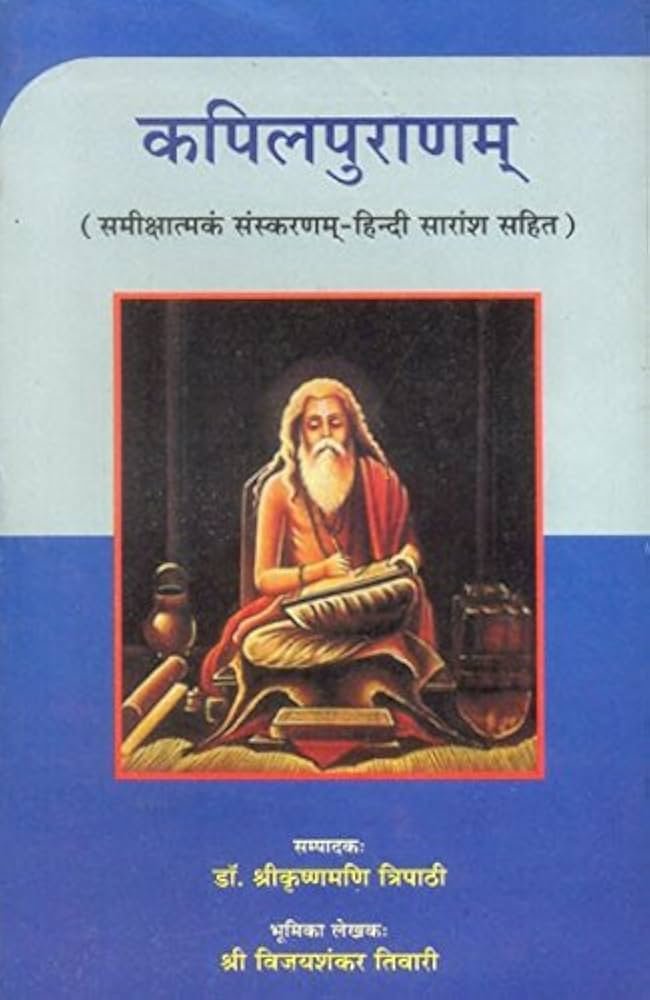
The text’s detailed descriptions of the creation and dissolution of the universe, while mythological, reflect an advanced understanding of cyclical time and the processes of change and transformation. These concepts resonate with modern scientific theories about the cyclical nature of the cosmos and the dynamic interplay of forces that shape reality.
Conclusion
The Kapila Purana, attributed to sage Kapila, is a significant text in Hindu literature, blending mythological narratives with profound philosophical teachings. Rooted in Samkhya philosophy, it explores the nature of reality through the concepts of Sattva, Rajas, and Tamas—the three Gunas that govern human behaviour and the cosmos. The Purana offers detailed accounts of creation, divine interactions, and moral lessons, reflecting the rich cultural and spiritual heritage of ancient India. Its influence extends to Hindu rituals, ethics, and modern spiritual practice, making it a timeless guide for understanding existence and the path to liberation.


